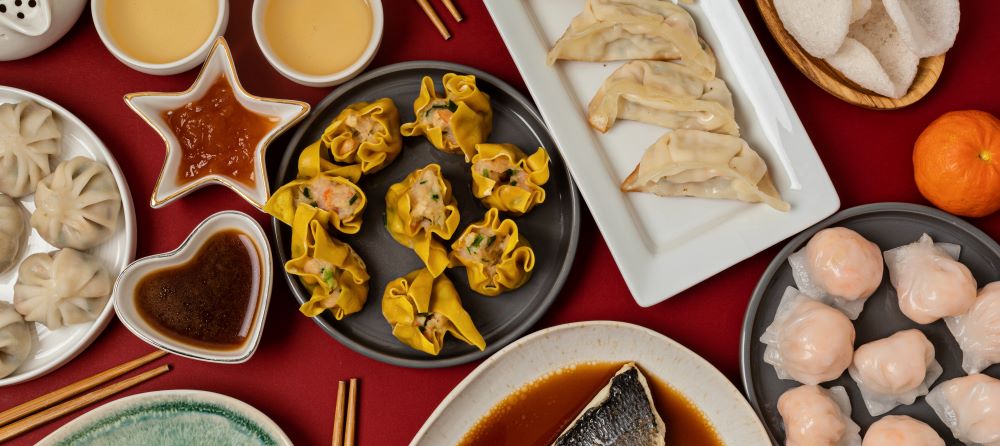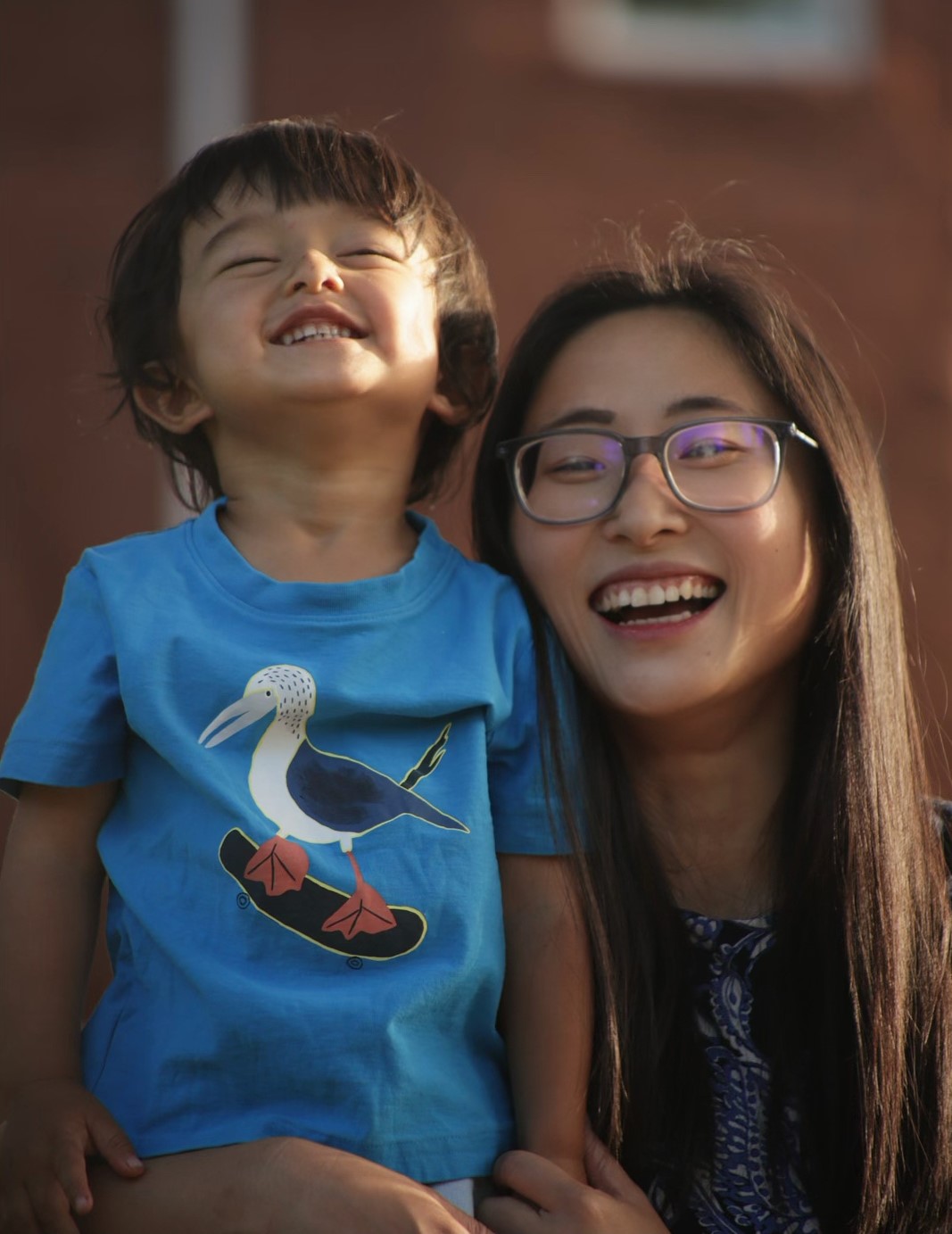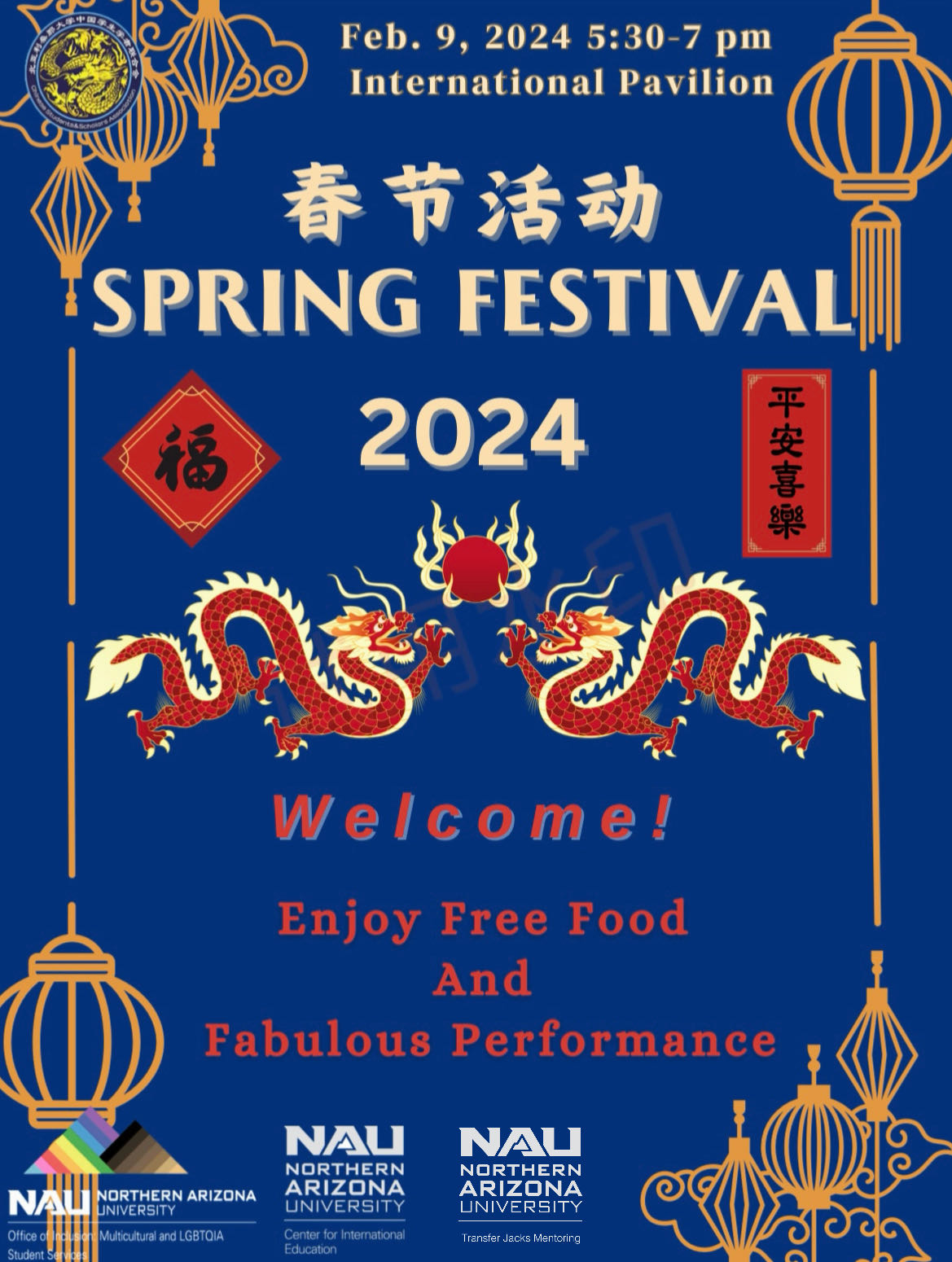*Editor’s Note: The “Views from NAU” blog series highlights the thoughts of different people affiliated with NAU, including faculty members sharing opinions or research in their areas of expertise. The views expressed reflect the authors’ own personal perspectives.
By Yinong Wang
Program Manager for the Center for International Education
Wang was an NAU dual degree student in 2011 who later graduated in 2015 with a master’s degree in English. She worked part-time in the Program in Intensive English before starting her current position in NAU’s Center for International Education in 2019. Wang is currently working with Chinese and Vietnamese dual degree program students, supporting them throughout their NAU journeys.
Lunar New Year, also known as Spring Festival, is the most important festival in China. It marks the first new moon of the lunisolar calendars. While different regions in China have their unique customs and traditions, they all revolve around a common theme—a celebration of new beginnings, health, fortune, happiness and family gathering. Prior to the Chinese Spring Festival, the most common thing said by people across all walks of life, whether in government departments or private companies, is “Let’s talk after the festival.”
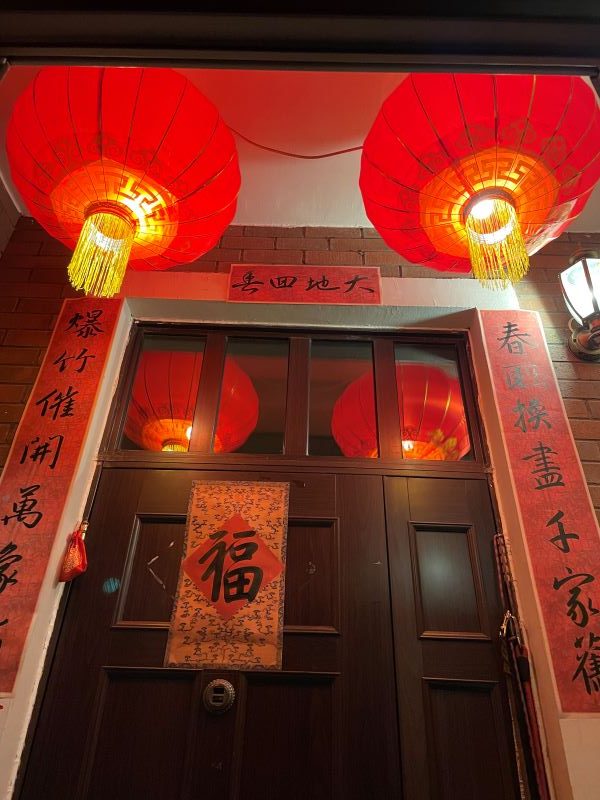
On New Year’s Eve, we would watch the CCTV gala. It was a four-hour live show featuring music, dancing, crosstalk, Beijing opera and acrobatic performances. As I grew older, the show lost some of its appeal, but it remained a tradition for our family, becoming background noise during the eve. On the morning of the first day of the Lunar New Year, people engage in visiting family, friends and relatives and hosting gatherings with classmates and colleagues. Children receive red envelopes, typically from grandparents and seniors. People who receive a red envelope are wished another safe and peaceful year. In modern times, instead of visiting others in person, some people opt for using WeChat to send text messages and voice messages exchanging greetings and good wishes. Sending digital red envelopes on WeChat is becoming more popular.
In my childhood, I enjoyed watching fireworks and setting off firecrackers with my family. In our culture, firecrackers were originally used to scare away evil spirits. The explosions generated a considerable amount of noise and smoke, making the entire ground seem to tremble, accompanied by the blaring of car alarms. It was a source of amusement for a child. I also fondly recall going to temple fair during Spring Festival. These fairs featured Chinese folk-art performances such as dancing, music and acrobatics, along with rituals and shops offering traditional arts, crafts, toys (diabolo, pinwheel), books and clothing. The fairs also boasted a variety of local foods and snacks, including sugarcoated haws on a stick, pan-fried sausage with garlic sauce, glutinous rice rolls with sweet bean flour and sweet pea pudding. Every year, I was excited to go to the fair with my parents. Despite the cold weather and the inevitable crowds, it was a time of happiness, free from worries about homework, and filled with excitement at the sight of creative and artistic handicrafts.
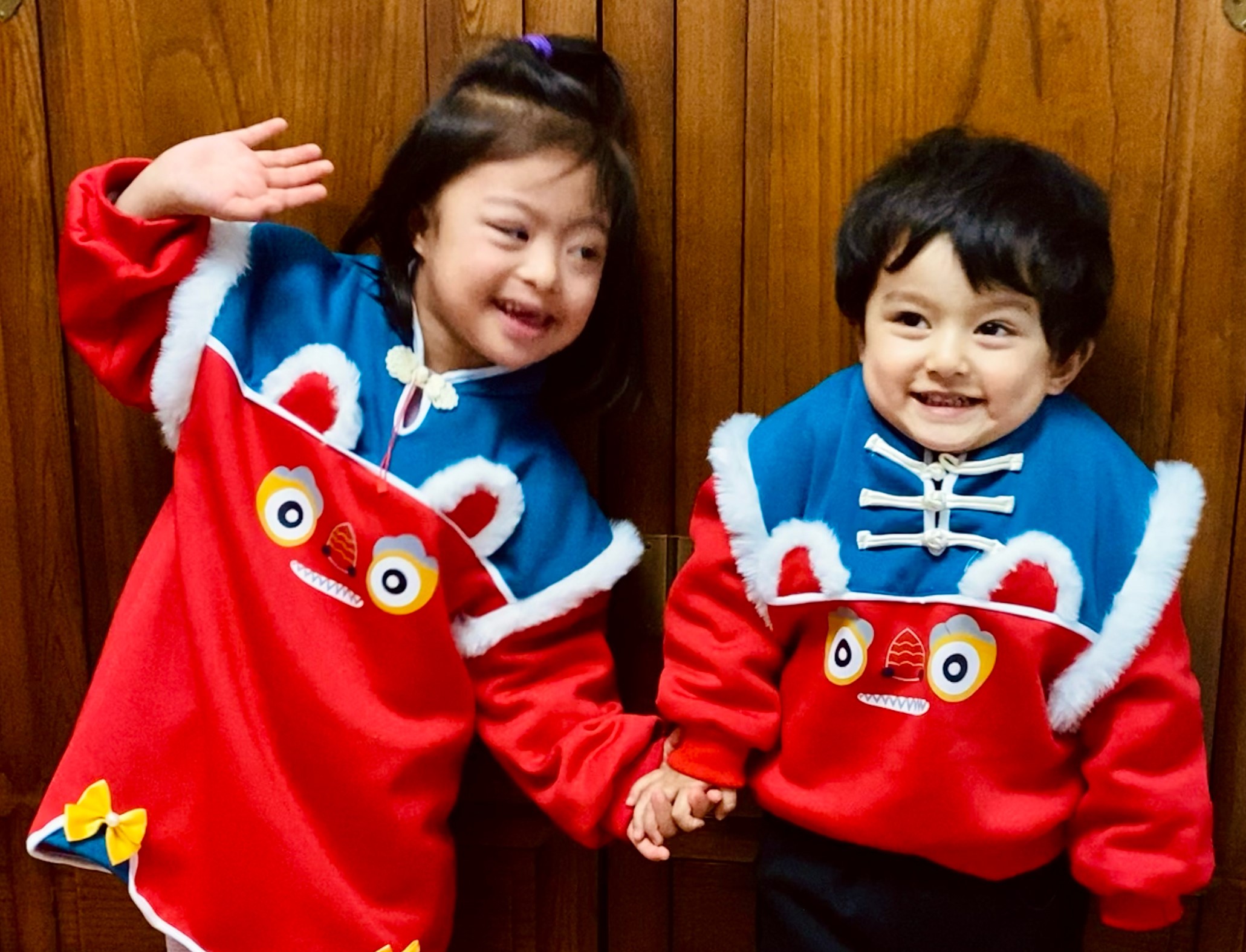
On New Year’s Eve, my husband and I make dumplings. In addition to the dumplings, we prepare an elaborate dinner featuring various delicious Chinese dishes. When my parents join us for the New Year, they take charge of the cooking. We ensure the presence of a whole fish (as the pronunciation of “fish” is the same as “surplus,” reflecting the Chinese idiom 年年有余 Nian Nian You Yu, translated as “May you have abundance in life year after year”) along with an array of vegetable and meat dishes. I dress my kids in traditional Chinese clothing to add to the festive atmosphere. At NAU, we also celebrate the New Year with my students. The Chinese Student and Scholar Association (CSSA) hosts a Lunar New Year celebration on campus each year, featuring singing, dancing, instrumental performances, crosstalk and various other acts.
In the past, people eagerly anticipated the Spring Festival for the opportunity to enjoy good food, wear new clothing, and for children to have an extended holiday and receive red envelopes. After a Chinese economic boom, good food and new clothing are easy to get for most people, and it does not need to be for any special occasions. However, the anticipation and celebration of the Lunar New Year endure. We continue to cherish our traditions, relishing in the preparation and enjoyment of a beautiful meal and spending quality time with family and friends.
This year, the CSSA is organizing its Lunar New Year celebration at the International Pavilion at 5:30 p.m. Feb. 9. Please join the students and experience the joy and excitement of Spring Festival for yourself!
